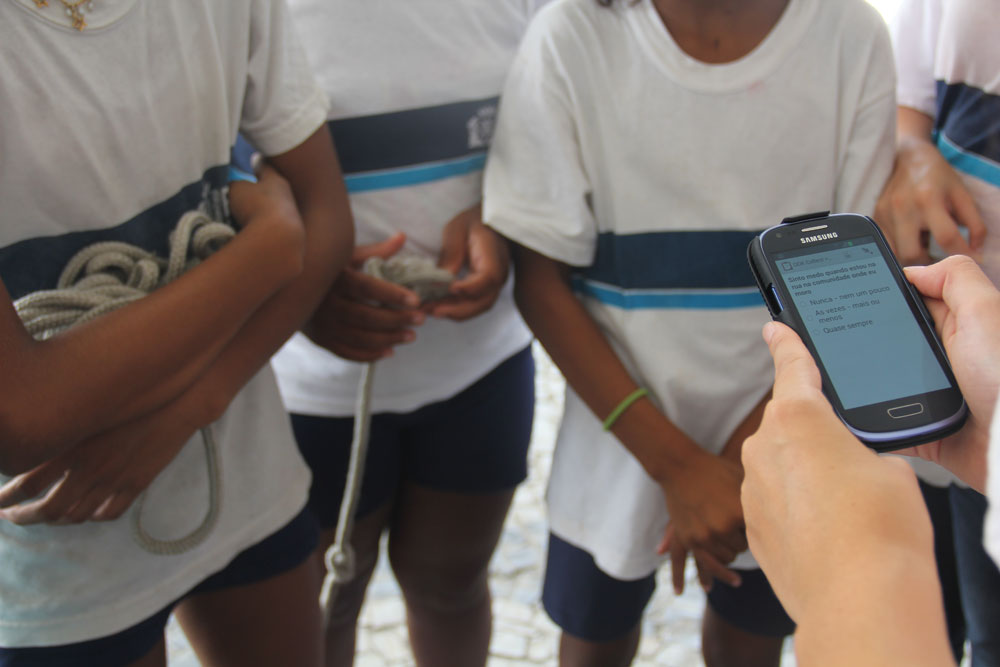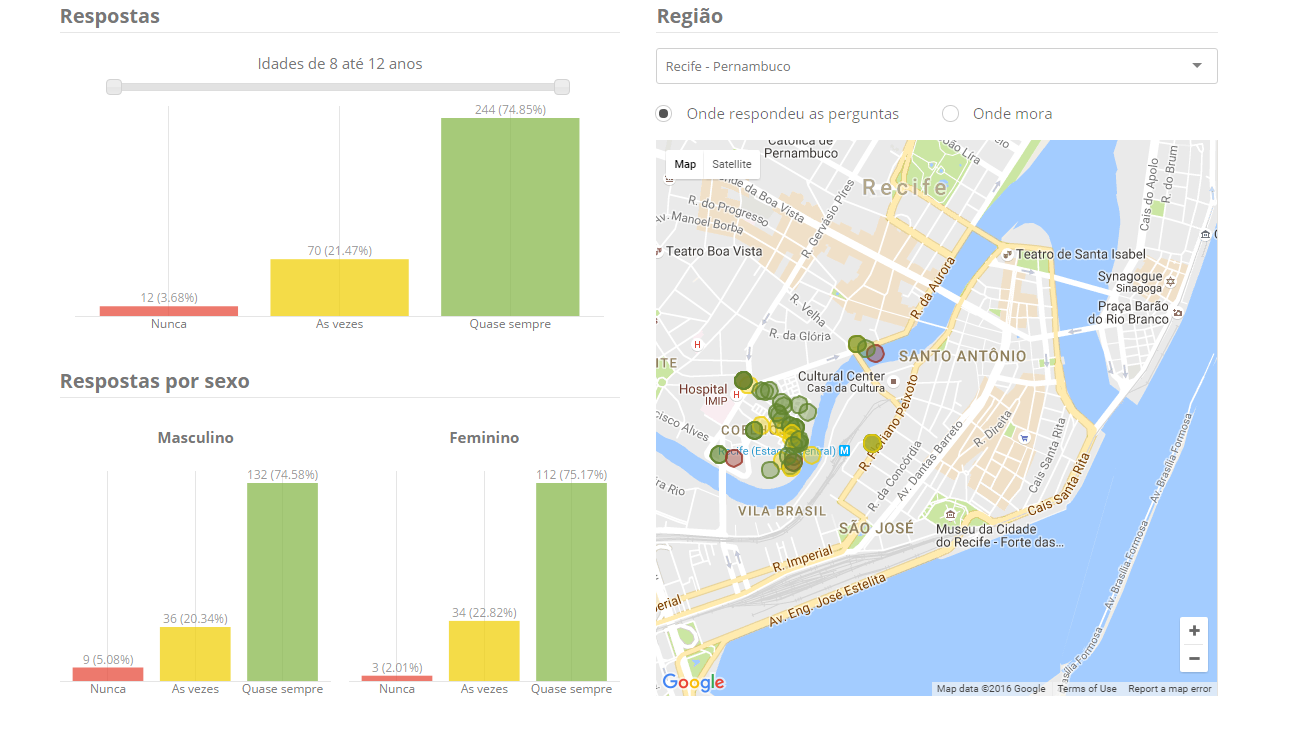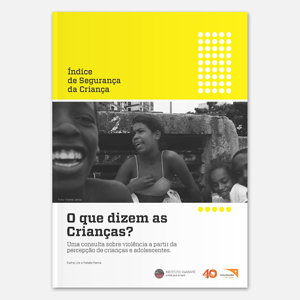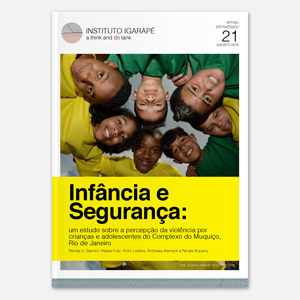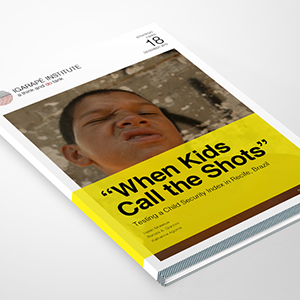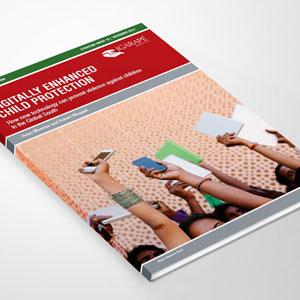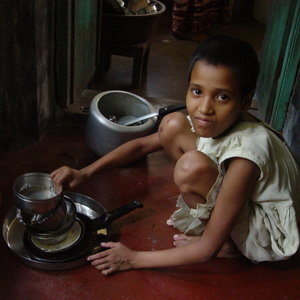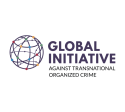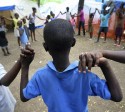Coronavirus in the city: A Q&A on the catastrophe confronting the urban poor
Published in The Humanitarian By Robert Muggah To understand more about the crisis confronting the urban poor, The New Humanitarian interviewed Robert Muggah, principal of The SecDev Group and co-founder of the Igarapé Institute, a think tank focused on urban innovation that has worked with the World Health Organisation to......


